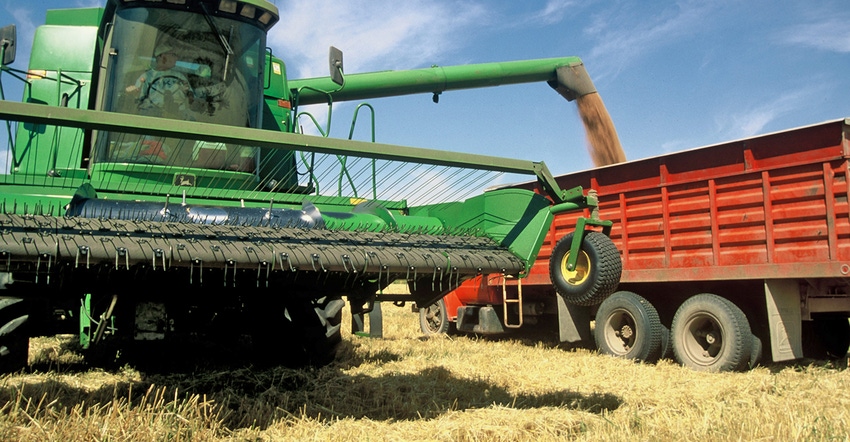July 5, 2017

In the frenzy of wheat harvest, it’s easy to overlook clues that will help take the guesswork out of next season’s management plan. But scouting during harvest is a smart way to set yourself up for future success.
Think of scouting the same way you would your annual physical; it gives you a read on your overall health and problem areas that need attention. Similarly, scouting arms you with the information you need to identify the right herbicide, fungicide and seed treatment inputs for your wheat fields next year — whether that’s confirming that what you’re using now is working or deciding it’s time for a change.
Here are three things to look for
1. Weeds. Fall is the best time to scout for, and manage, winter annual weeds such as downy brome, tansy mustard and absinthe wormwood. It’s also a good time to check for cool-weather perennials like Canada thistle and dandelion. Take note of weed species that escape herbicide applications and reference them when considering herbicide inputs for 2018. If you see signs of weed pressure, it may be time to explore other grass or broadleaf herbicides that can control tough weeds your current product may be missing. It’s important to target difficult-to-control weeds, like kochia, and herbicide-resistant species with multiple, effective modes of action. Using multiple, effective modes of action can ensure clean wheat fields, maximum yield potential and a greater return on your seed investments.
2. Disease. While you are scouting for weeds, keep an eye out for fusarium head scab and other diseases. In particular, monitor how severe the disease pressure is overall. This will give you a good indicator for adjusting your seed treatment, fungicide application timing or both. If the disease severity is higher than expected, consider a seed treatment tailored to the diseases present and/or apply a fungicide sooner next season.
3. Insects. Last but certainly not least, check for insect pressure. Yield-robbing damage from diseases and pests, like wireworm, can be prevented with the right seed treatment. What you see aboveground while scouting can provide clues about what was happening belowground during the season. If you notice the crop has less developed foliage, delayed heading or reduced stand, you should consider using a seed treatment next season that offers comprehensive disease and insect protection to protect roots.
Root health is critical for wheat plants to achieve their maximum yield potential because strong, healthy roots establish excellent plant stand and penetrate deeper into the soil to ensure maximum water and nutrient uptake in dry or wet conditions. Studies show a robust fungicide seed treatment can yield four bushels more than a base fungicide seed treatment. In contrast, an underdeveloped root system fails to utilize nutrients and water in the soil, leading to greater susceptibility to in-season stresses limiting yield potential. But not all seed treatments are created equal. Make sure to check the active ingredient load when comparing products and ask questions like, “Has the seed treatment been tested for compatibility?” and “Is there agronomic data or seed safety data on your rates of the active ingredients that you can show me?”
Popiel is the Northern Plains agronomic service representative for Syngenta.
About the Author(s)
You May Also Like




